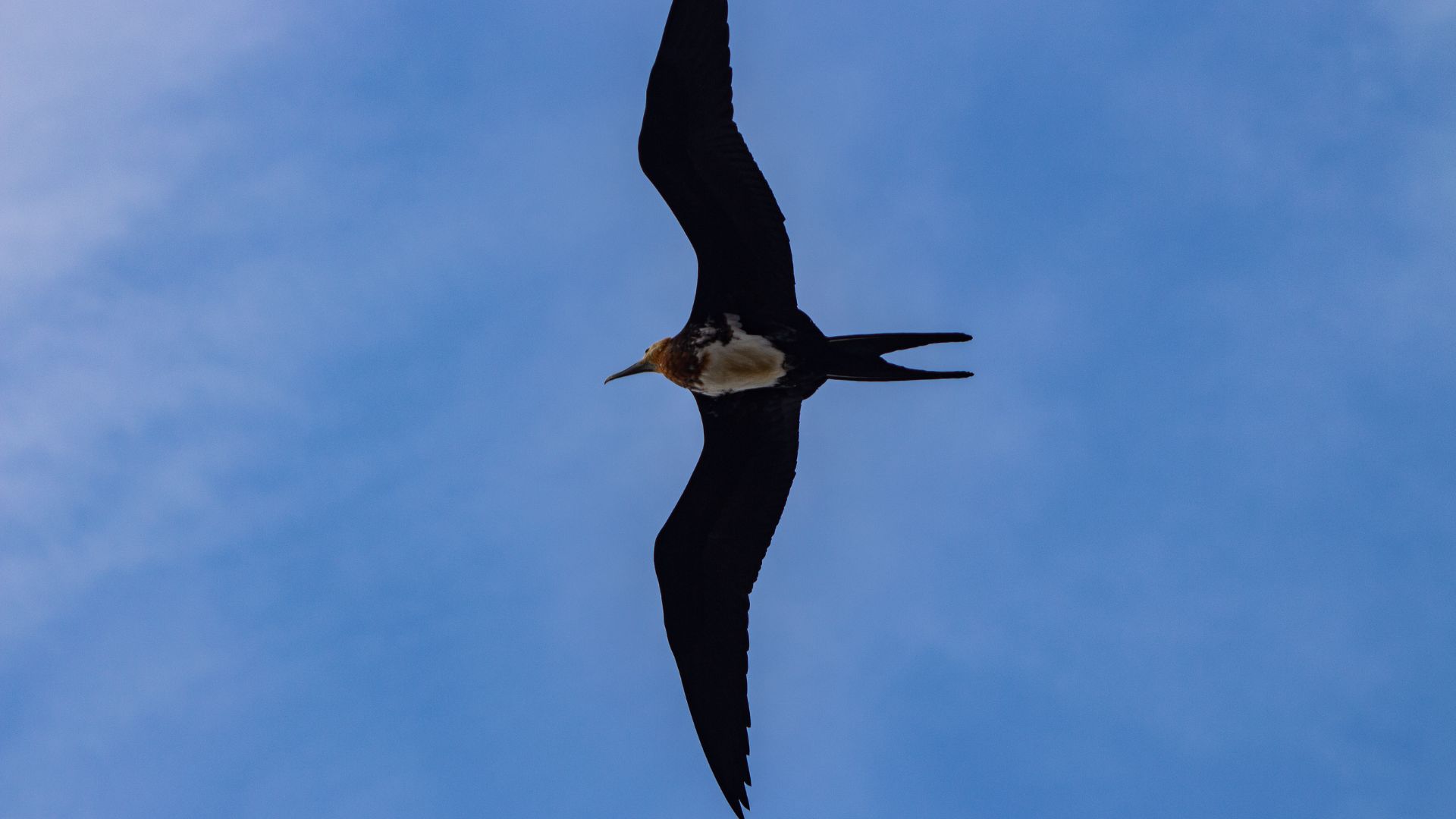The sky is home to some of nature’s most remarkable aviators, each showcasing astonishing speed and agility. From birds that dive at incredible velocities to those that glide effortlessly across vast distances, these creatures captivate our imagination.
Let’s explore some of the fastest animals in the sky, highlighting their unique adaptations and the breathtaking speeds they can achieve.
Their evolutionary traits not only serve as survival mechanisms but also as inspiration for human-made technologies. Join us on this aerial journey to discover these extraordinary flyers and what makes them the speed champions of the skies.
1. Peregrine Falcon

Renowned as the fastest animal in the world, the Peregrine Falcon is a true marvel of nature, capable of reaching mind-boggling speeds of up to 240 miles per hour during its characteristic hunting stoop (high-speed dive).
This astonishing velocity makes it not only the fastest bird but the fastest animal on the planet. The Peregrine’s speed is the result of a perfect storm of natural adaptations: powerful, muscular wings, a sleek, aerodynamic body, and specialized feathers designed to reduce air resistance.
When in flight, its body cuts through the air with the precision of a fighter jet, allowing it to close in on prey at an unbelievable rate. Its eyesight is equally remarkable, with the ability to spot small prey from miles away.
Peregrines can be found across the globe, from bustling cityscapes to remote mountain ranges, demonstrating their adaptability. This versatility in habitat selection—whether nesting on cliff faces or in urban skyscrapers—further emphasizes their evolutionary success.
Truly, the Peregrine Falcon is not just a bird; it’s a living example of speed, power, and precision all rolled into one majestic creature.
2. Golden Eagle
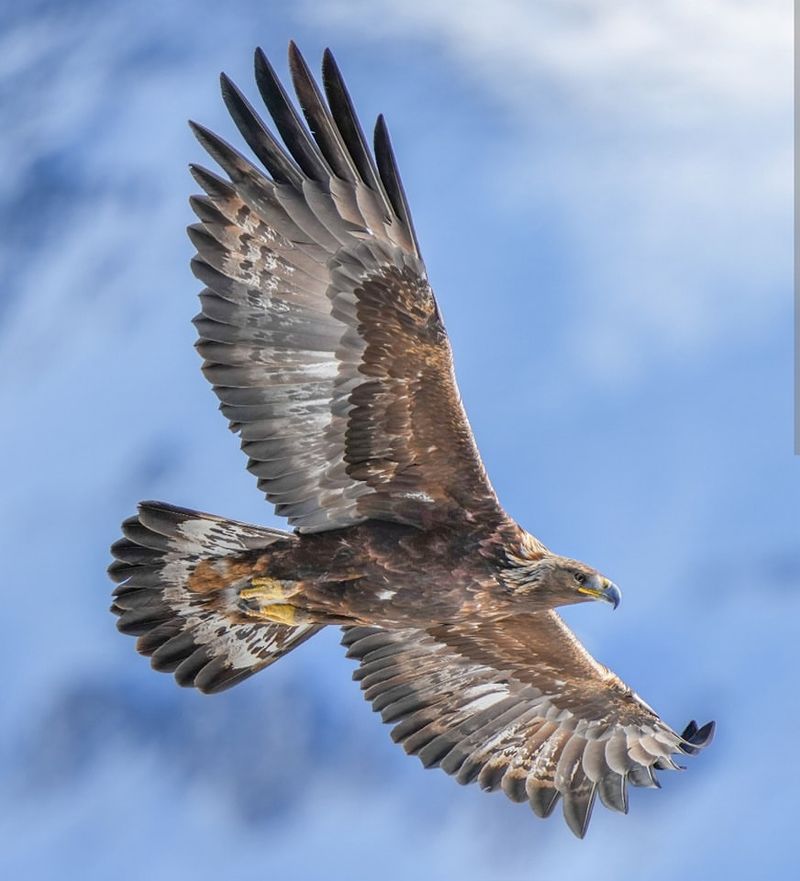
The Golden Eagle is one of the most powerful and awe-inspiring birds of prey, renowned for both its speed and remarkable agility in the air. When diving for prey, it can reach incredible speeds of up to 200 miles per hour, making it a fierce and efficient hunter.
Its powerful talons, capable of exerting immense pressure, allow the Golden Eagle to snatch up mammals, birds, and even larger game like foxes or small deer. With a wingspan that can exceed an impressive seven feet, this majestic bird is a master of soaring, utilizing thermal currents and air updrafts to glide effortlessly across vast landscapes.
Its aerial prowess, combined with its keen eyesight and ability to navigate rugged terrain, makes the Golden Eagle an unparalleled predator.
Found across the Northern Hemisphere, these eagles are often seen in remote mountainous regions, soaring high above the earth in search of prey, or perched on the cliffs, watching over the vast expanse of open country below.
Their ability to adapt to various habitats, from desolate deserts to snow-covered mountains, further underscores their strength and versatility. The Golden Eagle is not just a symbol of power and majesty; it is a testament to the might of nature’s design.
3. Gyrfalcon
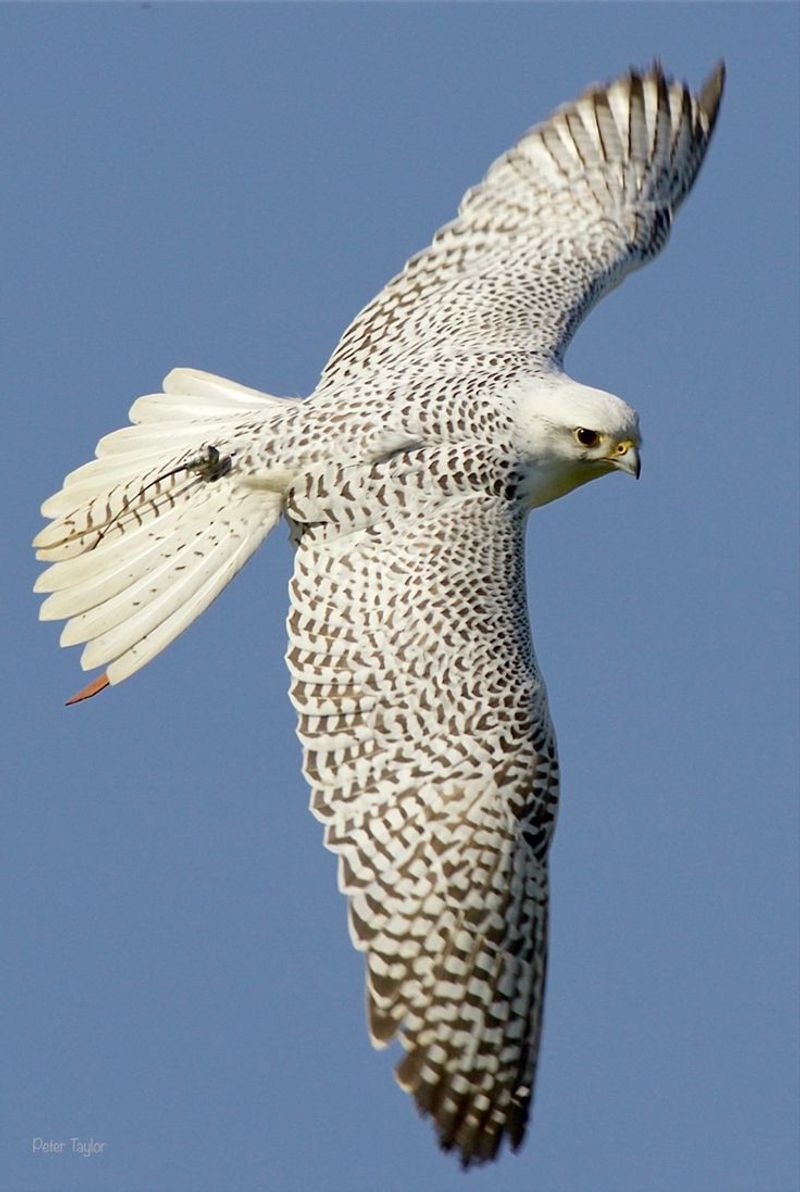
The Gyrfalcon, the largest and one of the most formidable members of the falcon family, is a powerful and fast flyer, capable of reaching speeds of up to 130 miles per hour. This speed, combined with its sharp hunting instincts, makes it an exceptional predator in the skies.
The Gyrfalcon thrives in the cold, harsh Arctic and sub-Arctic regions, where its thick, insulating feathers help it withstand freezing temperatures.
Its plumage, which can range from nearly pure white to dark gray, allows it to blend seamlessly into its snowy surroundings, providing perfect camouflage as it hunts.
Preying primarily on birds and small mammals, the Gyrfalcon uses its incredible speed and precision to swoop down on its prey, often in a stunning mid-air maneuver that demonstrates its remarkable agility.
Found in remote and unforgiving environments, this bird’s ability to survive and thrive in such conditions underscores its resilience and adaptability. The Gyrfalcon is not just a powerful hunter; it is a living testament to the strength and determination required to thrive in some of the most extreme climates on Earth.
4. White-throated Needletail
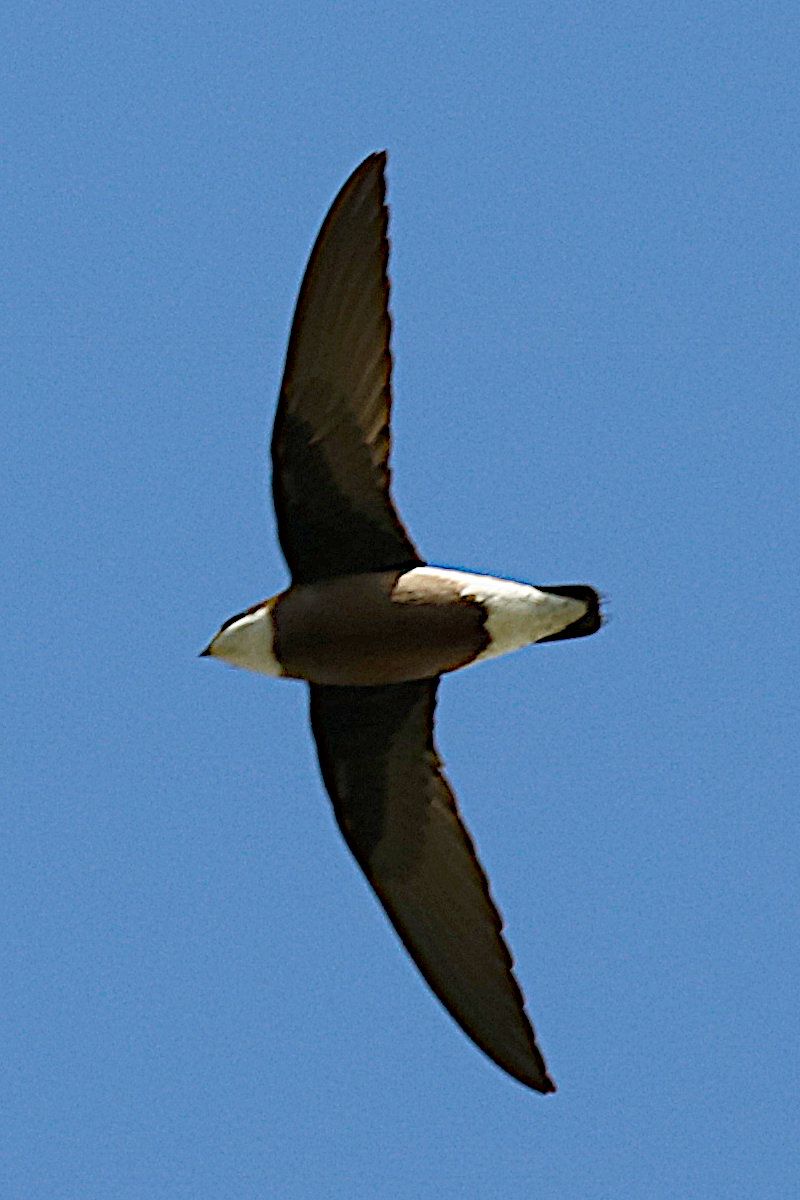
The White-throated Needletail is a remarkable species of swift that has earned a reputation for its extraordinary speed, reaching an impressive 105 miles per hour in level flight.
Unlike many fast-flying birds that rely on high-speed dives, this bird achieves its astonishing velocity through rapid, powerful wing beats and a streamlined body built for speed. Its aerodynamic shape allows it to zip through the air with minimal drag, making it one of the fastest birds in sustained flight.
Found primarily in Asia and Australia, the White-throated Needletail is often seen in large, dynamic flocks, darting and twisting in the air with unparalleled agility as they hunt for insects.
Their speed and maneuverability are not just impressive—they make these birds exceptional hunters, able to chase down prey while navigating complex environments such as forests and open skies.
With a natural ability to change direction at high speed, the White-throated Needletail is a true master of the skies, an expert at both speed and precision.
5. Common Swift
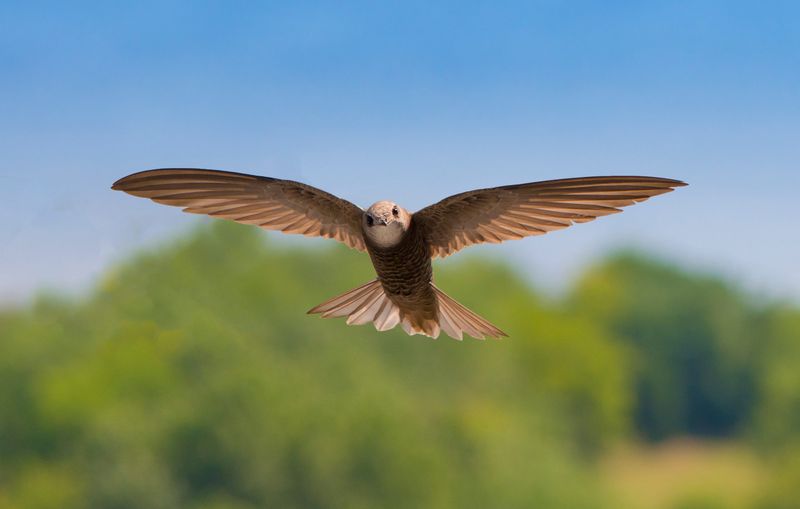
The Common Swift is a true marvel of endurance and speed, capable of reaching impressive speeds of up to 69 miles per hour. What truly sets these birds apart, however, is their extraordinary aerial lifestyle; they spend almost their entire lives in flight, even sleeping on the wing.
Their mastery of flight is so advanced that they can remain airborne for months at a time, only landing to nest. Highly social creatures, Common Swifts are often seen in large, synchronized flocks, performing breathtaking acrobatic displays as they navigate the skies.
These birds migrate vast distances, traveling from Europe and Asia to warmer regions in the winter, following the availability of food and favorable weather.
Their ability to stay airborne for such extended periods without rest is a remarkable adaptation, one that showcases their unparalleled aerodynamic capabilities.
Whether soaring across continents or executing agile maneuvers mid-flight, the Common Swift is a living testament to nature’s ingenuity and the wonders of avian endurance.
6. Frigatebird
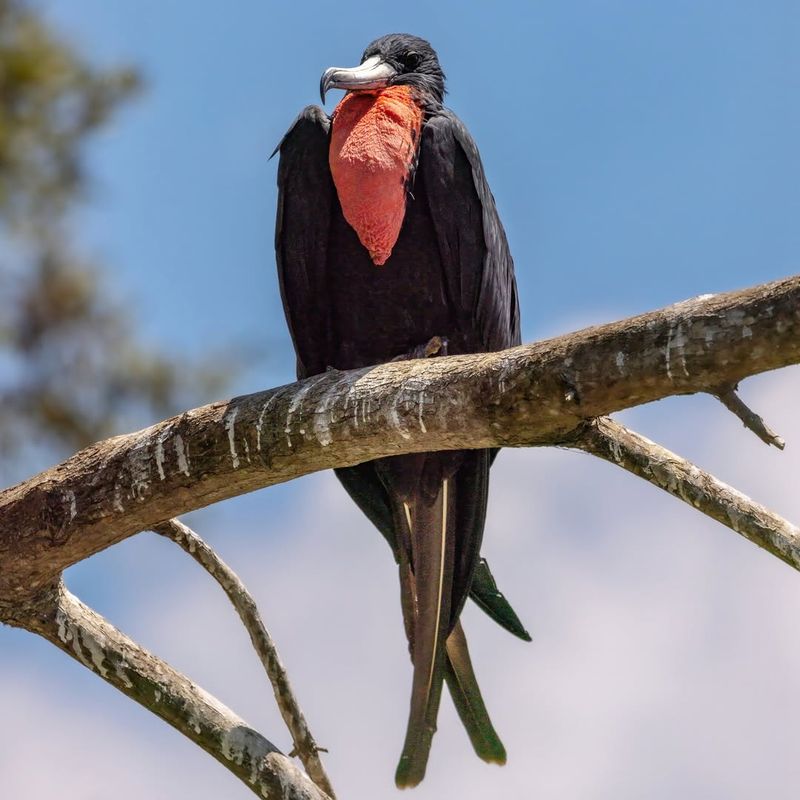
The Frigatebird is a true aerial acrobat, renowned for its graceful soaring ability and impressive speed, reaching up to 95 miles per hour. With its long, slender wings and forked tail, this bird can glide effortlessly across vast stretches of ocean, navigating the air with remarkable agility.
However, what makes the Frigatebird particularly unique is its inability to land on water—its short legs and unwebbed feet prevent it from perching or resting on the ocean’s surface.
Instead, it relies on its speed and maneuverability to catch prey mid-flight, diving and snatching fish or squid with incredible precision. These birds are built for endurance, often flying great distances without tiring, and are a common sight in tropical and subtropical regions.
Their ability to cover vast expanses of water, soaring over the waves without ever touching land, showcases their exceptional adaptation to life in the air. Frigatebirds are not only marvels of speed but also masters of survival in some of the world’s most remote and challenging environments.
7. Grey-headed Albatross
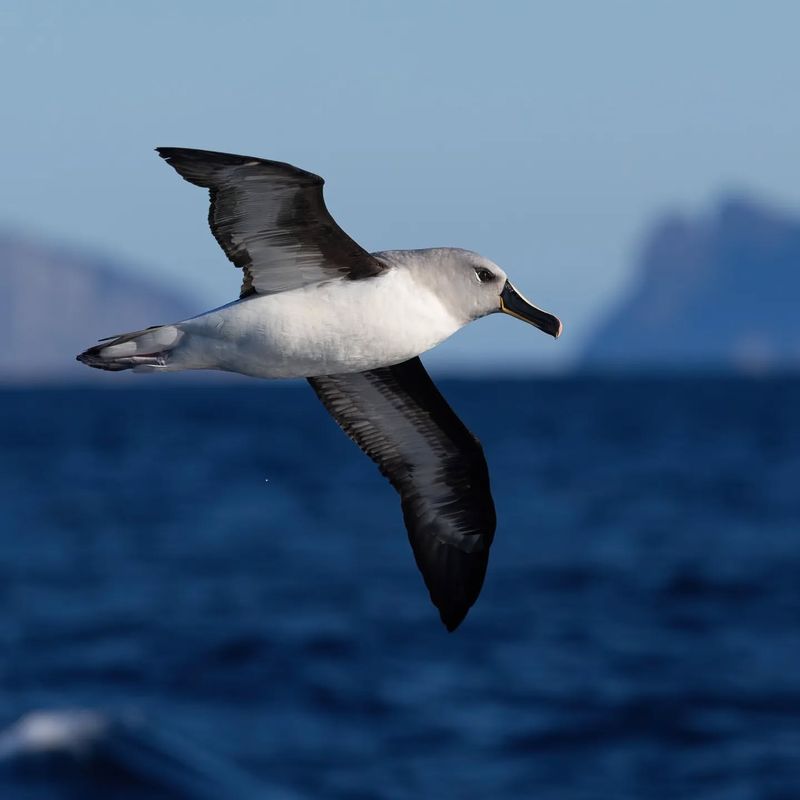
The Grey-headed Albatross is a true marvel of endurance and speed, capable of gliding at impressive speeds of 79 miles per hour. These magnificent seabirds are perfectly adapted to life on the open ocean, spending months at sea, traversing the vast and often treacherous Southern Ocean.
Their long, narrow wings are built for efficient gliding, allowing them to harness wind currents and cover immense distances with minimal effort. With a remarkable ability to soar for hours without flapping their wings, Grey-headed Albatrosses conserve energy while traveling vast stretches of the sea.
Nesting on remote, isolated islands, they return only to breed, making their life a continuous journey. The Albatross’s unmatched ability to cover such incredible distances, sometimes spanning thousands of miles, solidifies its reputation as one of the most accomplished travelers in the avian world.
Their solitary existence, paired with their remarkable speed and endurance, makes them a symbol of resilience and mastery over the vast oceans they call home.
8. Canvasback Duck
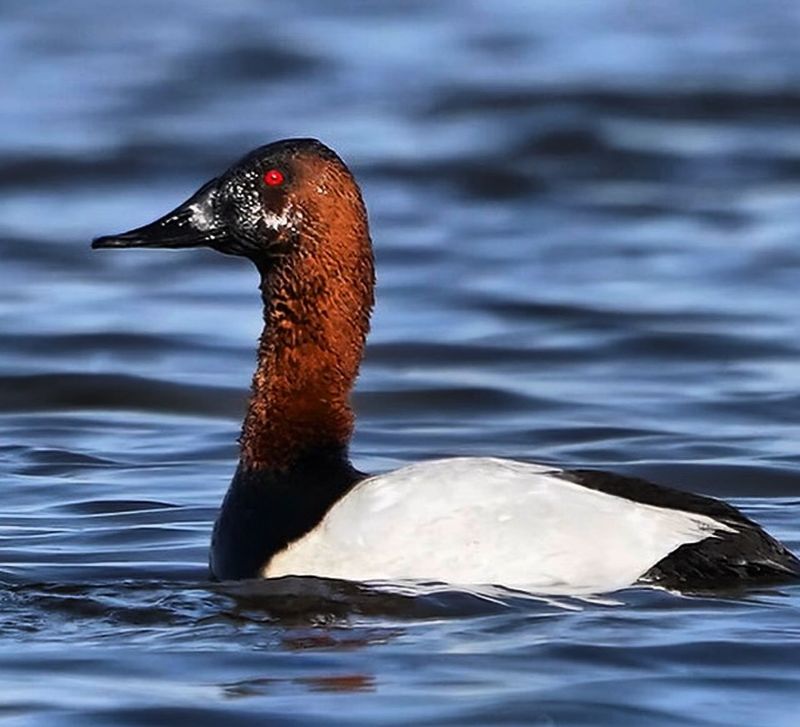
The Canvasback Duck is one of the fastest flying waterfowl, capable of reaching speeds up to 72 miles per hour, making it an impressive sight in the sky. Known for their powerful and swift flight, these ducks are often seen migrating in flocks across North America, especially during seasonal changes.
Their distinct wedge-shaped heads and sloping foreheads are not only characteristic of their striking appearance but also contribute to their aerodynamic efficiency, allowing them to cut through the air with minimal resistance.
Canvasbacks are typically found in open wetlands and lakes, where they dive for aquatic plants and invertebrates, relying on their swift movements both in the air and in the water to forage.
Their speed, endurance, and impressive flight capabilities have made them a favorite among birdwatchers and hunters, with their graceful yet powerful flight often leaving observers in awe.
9. Red-breasted Merganser
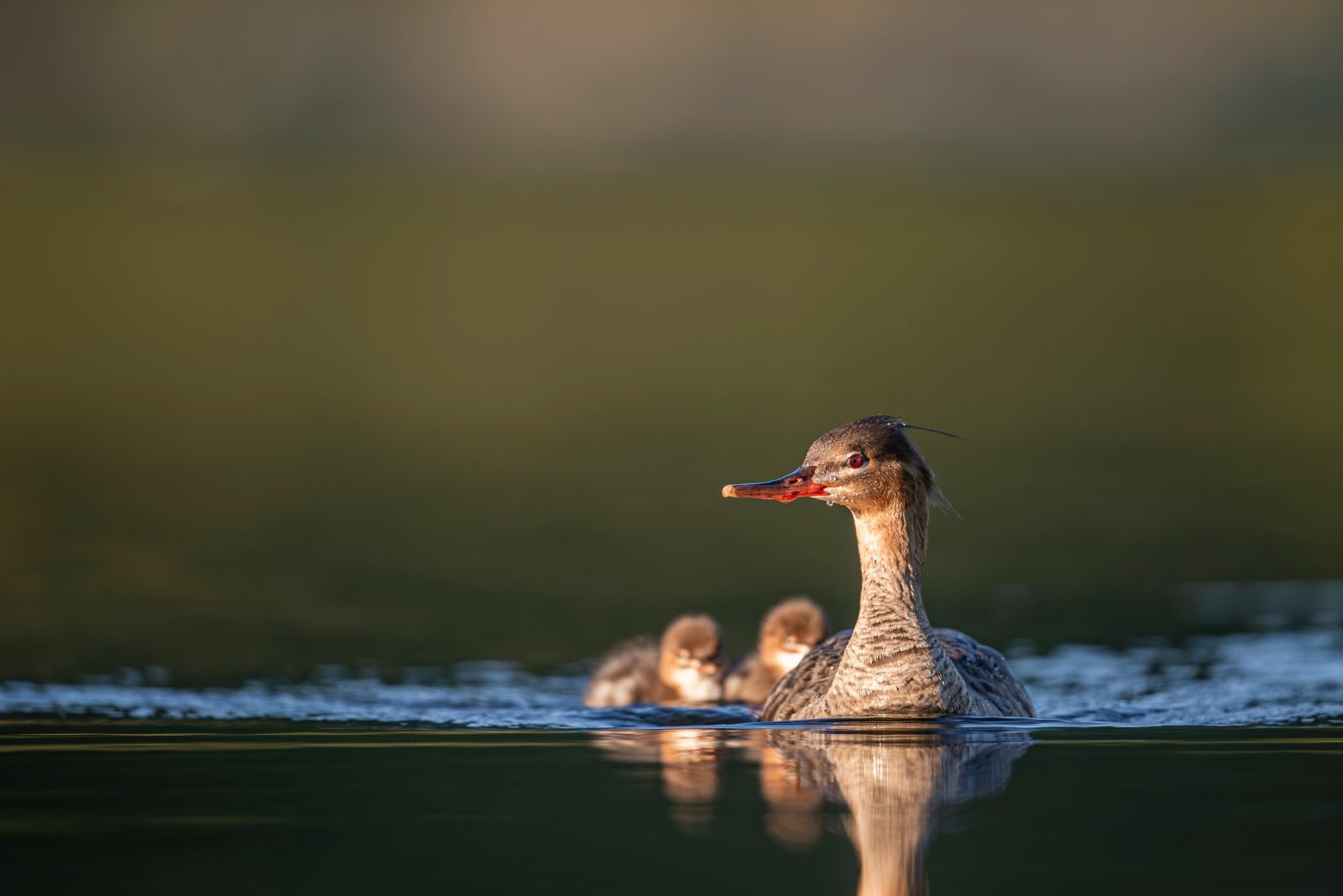
The Red-breasted Merganser is a sleek and fast duck, capable of reaching speeds of up to 81 miles per hour, making it one of the speediest waterfowl in flight.
With their distinctive spiky crests and long, slender bills, these birds are easily recognizable and are highly skilled hunters, diving for fish in both coastal waters and inland lakes.
Their rapid flight and remarkable agility allow them to navigate through their aquatic environments with ease, whether zipping across the water or darting through the air.
Found across North America and Europe, Red-breasted Mergansers are migratory birds, traveling long distances to their breeding grounds each spring. Their swift, graceful flight patterns are a testament to their adaptation to a life spent both on the water and in the skies.
Whether hunting or migrating, these ducks showcase an impressive blend of speed and precision, making them a truly captivating species to watch.

